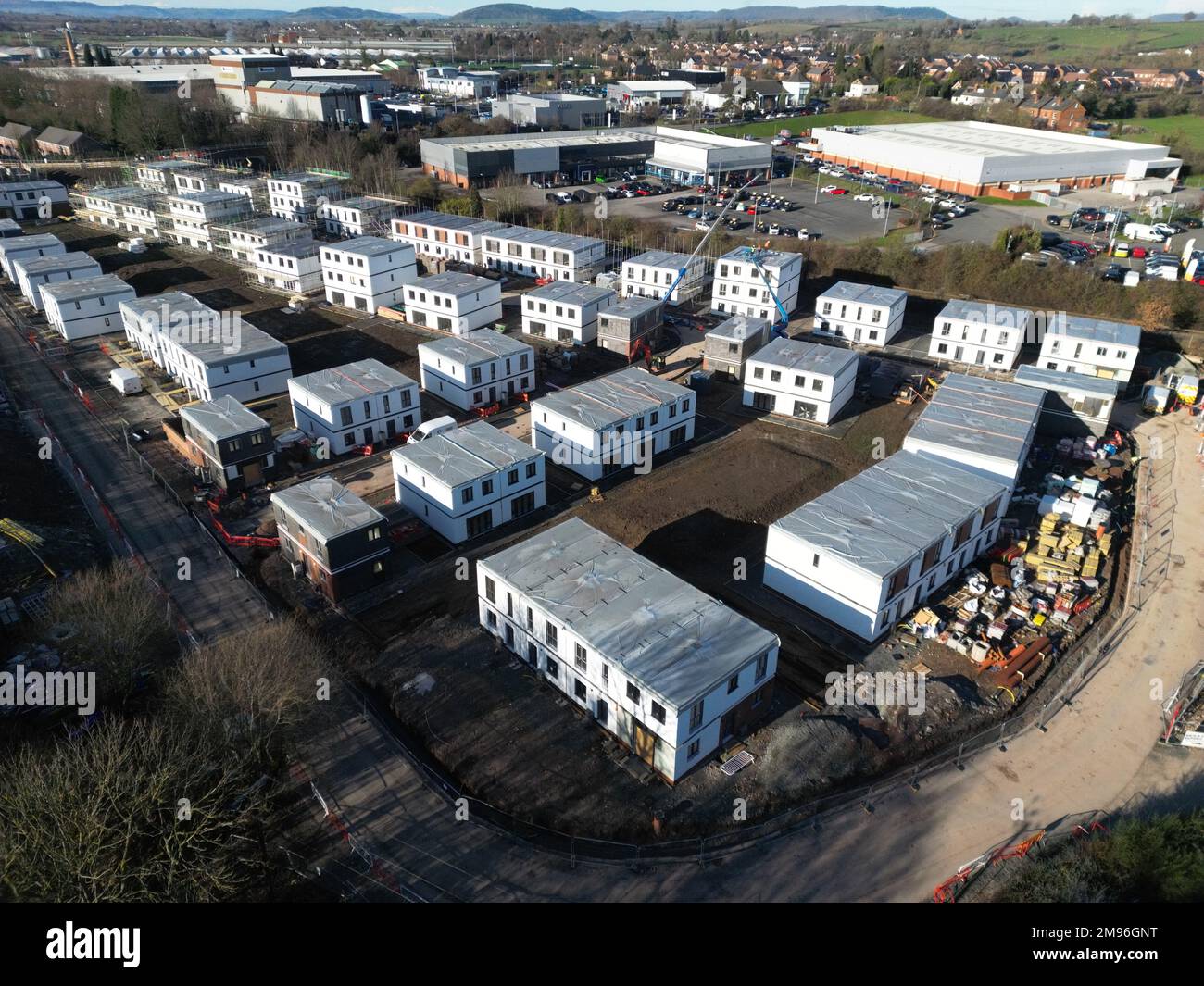Discover how modern methods of construction are transforming Britain’s building landscape, delivering homes faster and smarter than ever before.
The UK construction industry stands at a pivotal moment, with Modern Methods of Construction (MMC) reshaping the very foundations of how we build homes. As the nation grapples with an acute housing shortage and ambitious sustainability targets, MMC emerges as a game-changing solution that promises to revolutionise the construction landscape. Recent statistics show that MMC adoption has increased by 47% since 2021, marking a significant shift in how the industry approaches residential development.
Understanding Modern Methods of Construction
Modern Methods of Construction represent a fundamental departure from traditional building techniques, encompassing a range of innovative approaches that prioritise efficiency, quality, and sustainability. At its core, MMC involves the use of off-site manufacturing and prefabrication processes, where building components are produced in controlled factory environments before being transported to construction sites for assembly. Studies indicate that MMC can reduce construction time by up to 50% compared to traditional methods, while maintaining exceptional quality standards.
- Prefabricated Components: Structural elements manufactured off-site under controlled conditions
- Modular Construction: Complete rooms or building sections built in factories
- Panelised Systems: Wall, floor, and roof panels prepared for rapid on-site assembly
- Hybrid Construction: Combination of traditional and modern methods for optimal results
The Technology Driving MMC Innovation
The technological backbone of MMC encompasses a sophisticated array of digital tools and manufacturing processes that are transforming the construction industry. Building Information Modelling (BIM) serves as the cornerstone of modern construction planning, enabling precise 3D visualisation and coordination of projects before breaking ground. Recent data shows that BIM implementation has led to a 20% reduction in project costs and improved accuracy in construction timelines.
- 3D Volumetric Construction: Factory-built modules complete with fixtures and fittings
- Advanced Materials: Engineered wood products and innovative composites
- Automation Systems: Robotic assembly and quality control processes
- Digital Twin Technology: Real-time monitoring and performance optimisation
Economic and Practical Benefits of MMC
The economic advantages of Modern Methods of Construction are compelling, particularly in the context of the UK’s housing market challenges. Research indicates that MMC can deliver cost savings of up to 30% over the lifecycle of a building, while significantly reducing construction timelines. These efficiencies stem from reduced labour requirements, minimal material waste, and shorter project durations. The controlled factory environment ensures consistent quality, reducing snagging issues and post-completion remedial work. Moreover, the precision of MMC processes means better energy performance in completed buildings, leading to lower operating costs for occupants.
Environmental Impact and Sustainability
Sustainability stands as one of the most significant advantages of Modern Methods of Construction. The controlled factory environment allows for precise material usage, resulting in up to 90% less waste compared to traditional construction methods. MMC facilities increasingly operate using renewable energy sources, while the materials selected often have superior environmental credentials. The ability to disassemble and recycle components at the end of a building’s life further enhances the environmental benefits.
- Reduced Carbon Footprint: Lower emissions through efficient manufacturing and transport
- Minimal Waste: Precise material calculations and factory-controlled processes
- Energy Efficiency: Superior insulation and airtightness in finished buildings
- Sustainable Materials: Integration of recycled and renewable resources
Overcoming Implementation Challenges
While the benefits of MMC are clear, several challenges must be addressed for widespread adoption. Initial investment costs for manufacturing facilities and training can be substantial, though these are typically offset by long-term savings. The industry also faces regulatory hurdles and the need to update building codes to accommodate innovative construction methods. Government initiatives have pledged £10 billion in support of MMC adoption, demonstrating commitment to overcoming these obstacles.
Future Outlook for MMC in UK Housing
The future of MMC in UK housing looks increasingly promising, with government backing and growing industry acceptance driving adoption. Projections suggest that MMC will account for 20% of all new housing starts by 2025, representing a significant shift in construction practices. The technology continues to evolve, with innovations in materials science and digital tools enhancing capabilities and expanding possibilities for sustainable, efficient construction.
Making the Transition to Modern Methods
For construction professionals and developers looking to embrace MMC, the transition requires careful planning and investment in training and resources. Success stories from early adopters demonstrate the potential for significant returns on investment, both financially and in terms of project outcomes. Industry data shows that companies implementing MMC have experienced productivity gains of up to 50%, while delivering higher quality buildings more consistently.
- Staff Training: Comprehensive programmes for upskilling workers
- Technology Investment: Essential digital tools and software platforms
- Supply Chain Development: Building relationships with MMC manufacturers
- Quality Assurance: Implementing robust testing and certification processes
As the UK construction industry continues to evolve, Modern Methods of Construction stand at the forefront of innovation, promising faster, more sustainable, and more efficient ways to meet the nation’s housing needs. The combination of environmental benefits, economic advantages, and improved building performance makes MMC an increasingly attractive option for developers and contractors alike. With continued government support and technological advancement, MMC is set to play a pivotal role in shaping the future of British construction.
FAQ
What is Type 5 construction called?
Type V Construction: Wood-Frame It is the only category of construction that allows combustible exterior walls as well as combustible structural members on the interior walls. The frames, walls, floors, and roofs are made entirely or partly out of wood.
What are the three 3 types of construction?
Basic types of construction The four main types of construction are: residential construction, commercial construction, industrial construction, and infrastructure construction.
What are the 6 types of construction system?
Broadly, there are six types of construction projects: residential, commercial, institutional, mixed-use, industrial, and heavy civil. Urban planners often categorize projects based on their “end use” to ensure development projects meet the varying needs of the communities in which they are built.
What is the most common construction method?
There are four major types of building construction: light-framed, masonry, timber-framed, and steel-framed. Each type has its own advantages and disadvantages that must be considered when choosing a construction method for a project. Light-framed construction is the most common type of construction in North America.
Sources
[1] https://uk.indeed.com/career-advice/career-development/construction-methods
[2] https://www.ucem.ac.uk/whats-happening/articles/modern-methods-of-construction/
[3] https://www.clarisdesignbuild.com/11-innovative-construction-techniques-for-modern-buildings/


Leave a Reply